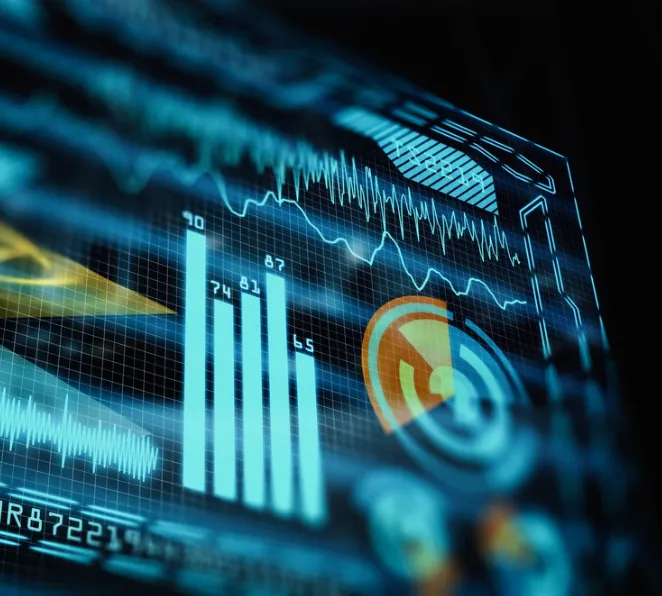When it comes to making sense of complex, interconnected data, traditional analysis methods often fall short. That’s where graph analytics steps in—a powerful approach designed to uncover relationships, patterns, and hidden connections that standard tools tend to miss.
At its core, graph analytics uses graphs made up of nodes (entities) and edges (relationships) to process and analyze information. This structure allows analysts to explore not just isolated pieces of data but the networks and interactions between them. The result is a far richer view of how systems truly function.
Why Graph Analytics Matters
Unlike conventional databases that organize data into rows and columns, graph analytics thrives on relationships. It can reveal fraud rings in banking, highlight bottlenecks in supply chains, or identify communities within social networks. For organizations, this means making decisions not just based on isolated metrics but on a holistic picture of how different parts of a system influence one another.
One of its most valuable features is centrality analysis, which helps pinpoint the most influential entities within a network. Whether it’s identifying a key influencer in social media or the most critical component in a logistics network, centrality provides actionable insights into where attention and resources should be focused.
Even relatively modest datasets can benefit from graph-based methods. Community detection algorithms, for example, group entities into clusters, uncovering connections that might otherwise go unnoticed. This makes graph analytics a flexible tool, useful across a wide range of industries and scales.
A Brief History
The origins of graph analytics trace back to graph theory, a branch of mathematics dating to the 18th century. While it began as a theoretical pursuit, the rise of computing—and later, the internet—pushed it into real-world applications.
In the early days, it was used for challenges like route optimization. But with the growth of social platforms in the late 1990s and early 2000s, graph-based approaches became essential. Early networks such as Friendster and MySpace drove the creation of graph databases capable of analyzing user connections, paving the way for personalized recommendations and new forms of engagement.
Fast forward to today, and graph analytics is embedded in sectors ranging from e-commerce to energy. With the explosion of interconnected data, its importance is only accelerating.
Who Benefits Most?
The beauty of graph analytics is that it’s not confined to a single industry. Fraud detection, healthcare, finance, telecommunications, and logistics all stand to gain.
In finance, for instance, it can link seemingly unrelated transactions to expose fraudulent activity before it escalates. In healthcare, it can spot risk factors across patient records and medical histories, aiding in prevention and treatment planning. In drug research, mapping out connections between proteins, genes, and diseases helps narrow down potential targets for new therapies.
For supply chains, graph analytics can untangle complex webs of suppliers, distributors, and transportation routes, allowing organizations to detect inefficiencies, optimize delivery paths, and cut costs.
Key Techniques in Graph Analytics
Choosing the right approach depends on the type of data and questions being asked. Some commonly used methods include:
- Path Analysis: Finds the most efficient route between two nodes, crucial for transportation and fraud detection.
- Pattern Matching: Identifies recurring structures or relationships, useful in spotting customer behaviors or fraudulent schemes.
- Community Detection: Groups entities into clusters, revealing communities or sub-networks.
- Centrality Measures: Highlights the most important or influential nodes in a system.
Each of these methods brings a different perspective, and when used together, they provide a comprehensive toolkit for analyzing relationships within data.
The Limitations
Despite its strengths, graph analytics isn’t flawless. Its effectiveness depends heavily on the quality of the data. Incomplete or biased information can lead to misleading conclusions. Large-scale networks can also strain algorithms, making it difficult to produce timely results.
Another challenge lies in translating findings into business decisions. Graph models can uncover patterns, but decision-makers still need the right expertise to interpret and act on those insights effectively.
Final Thoughts
Graph analytics is transforming how organizations view their data. By focusing on relationships rather than isolated points, it provides a lens for uncovering insights that would otherwise remain hidden. From fraud detection to healthcare innovation, its applications are vast and growing.
While it comes with challenges, its potential to guide smarter, faster, and more informed decisions makes it one of the most impactful tools in modern data science. For businesses and researchers alike, understanding and applying graph analytics is no longer optional—it’s essential.







